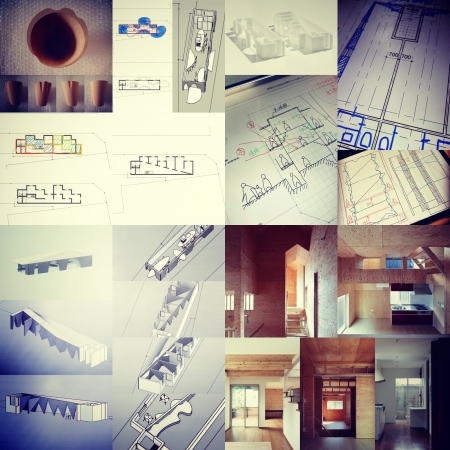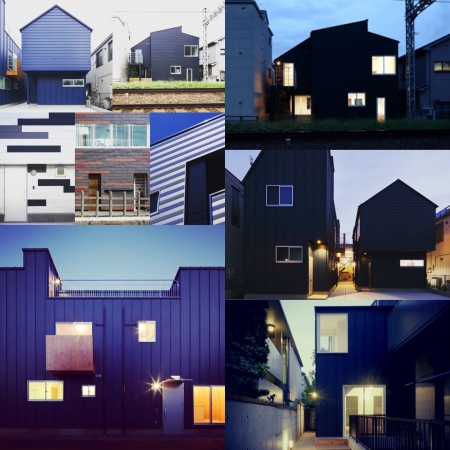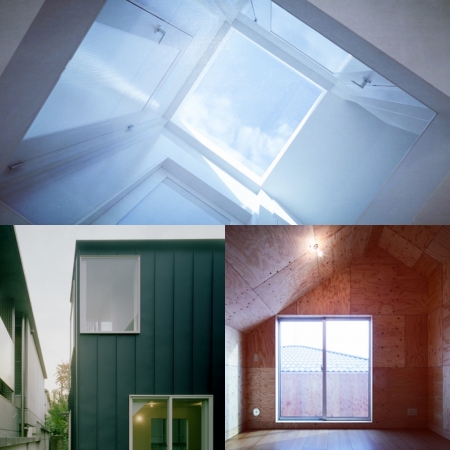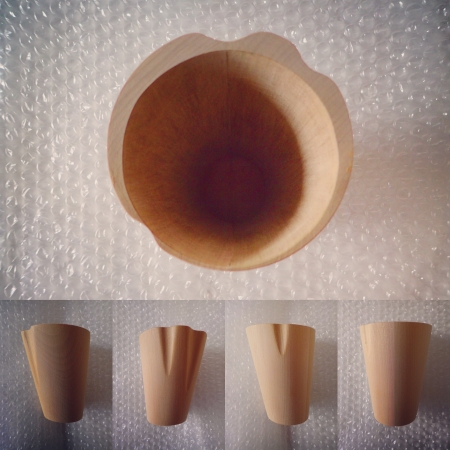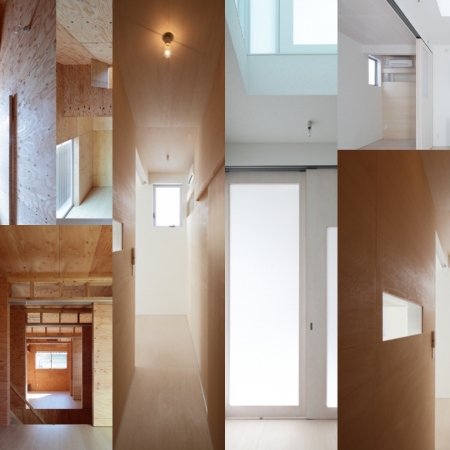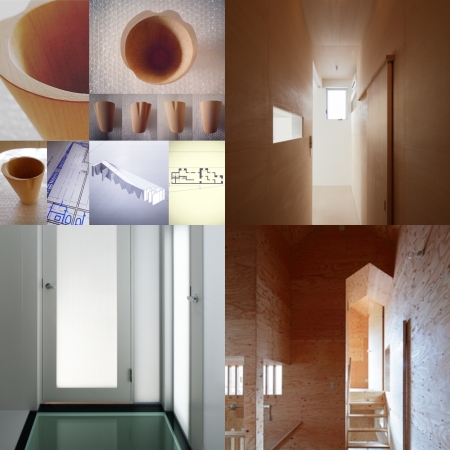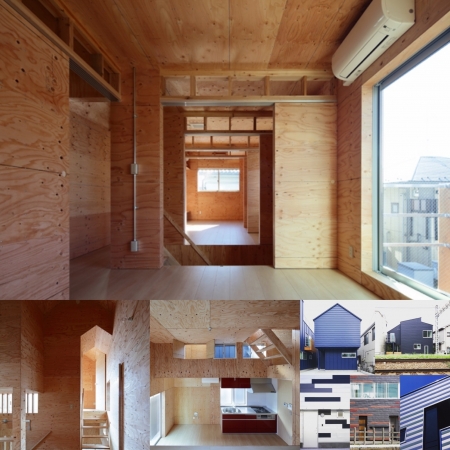気分や感情の建築
ひとつの空間の中で居場所を見つけようとしたら、何を基準に決めるだろうか。それは、どうのような空間なのか、何のためにそこにいるのか、といった自分の外側にある要因にもよるのかもしれないが、そうした場合は簡単であり、そこでのルールに従うか、目的を満たす居場所を見つければ良い。
それならば、空間の方も簡単であり、ルールを設定するか、目的が満たされるような仕掛けを施せば良い。大概の建築はこれで済む。
ただ、人が住む空間はそうはいかないかもしれない。人の内側に要因がある場合も出てくるだろう。例えば、気分や感情で居場所を決めることの比重が高くなるかもしれない。
建築としては要因を外側に見つける場合がわかりやすいし、それは建築計画学として成り立っている。しかし、要因を内側に見つける場合は、例えば、気分や感情には形につながる直接的な情報が無いので、気分や感情を直接的に扱い形にした建築を今までに見たことが無い。
"Architecture of mood and emotion"
If you try to find a place in one space, what are your criteria? It may depend on factors outside of you, such as what kind of space you are in and what you are there for, but in that case it is easy and you should follow the rules there or aim for it. All you have to do is find a place to meet.
In that case, the space is easier, and you can set rules or make a mechanism to satisfy the purpose. This is all that is needed for most architecture.
However, the space where people live may not be so. There will be cases where there is a factor inside the person. For example, deciding where to stay based on mood and emotions may become more important.
It is easy to understand when the factors are found outside in architecture, and it is established as architectural planning. However, when finding factors inside, for example, moods and emotions do not have direct information that leads to shapes, so I have never seen an architecture that directly deals with moods and emotions.

